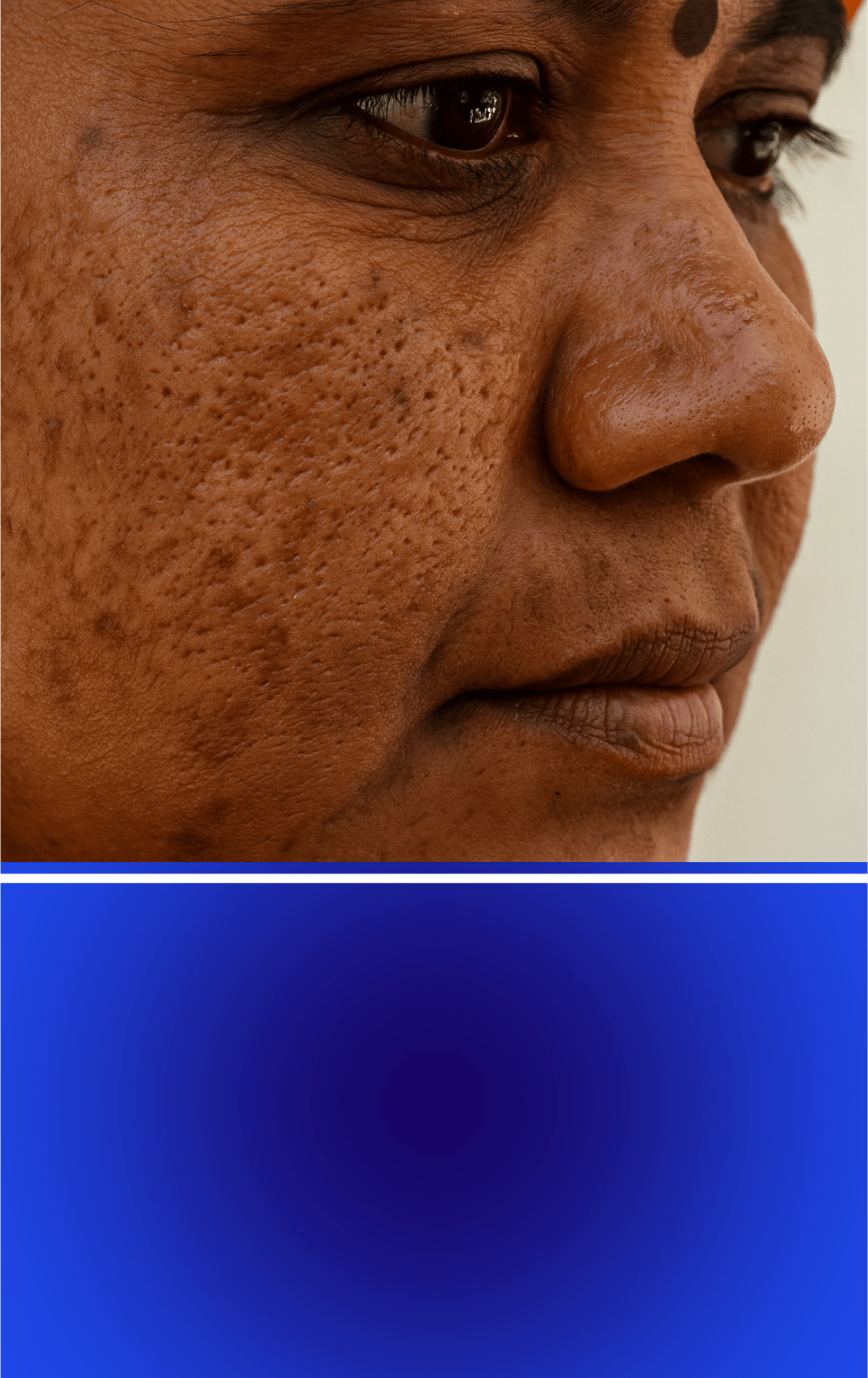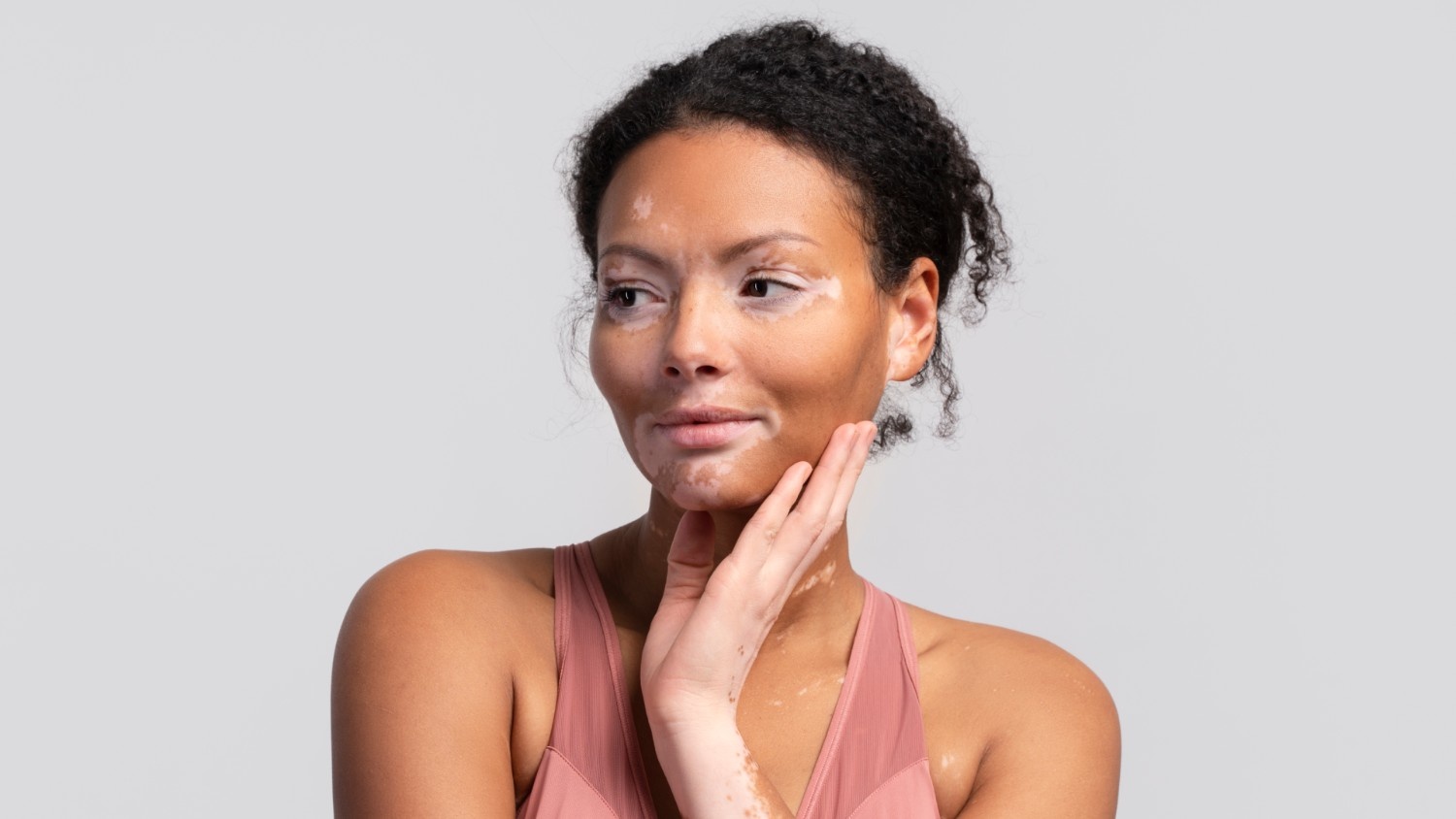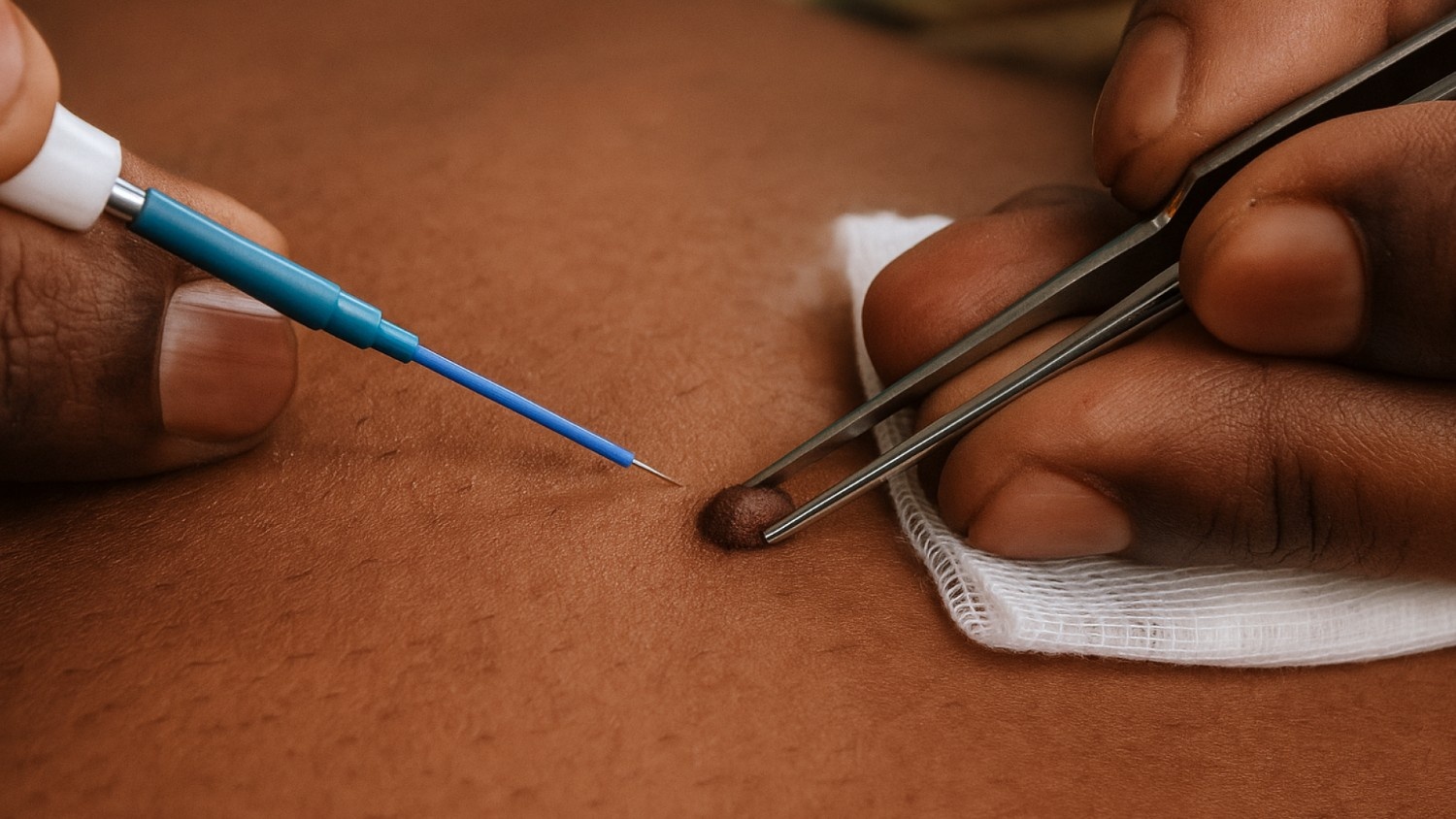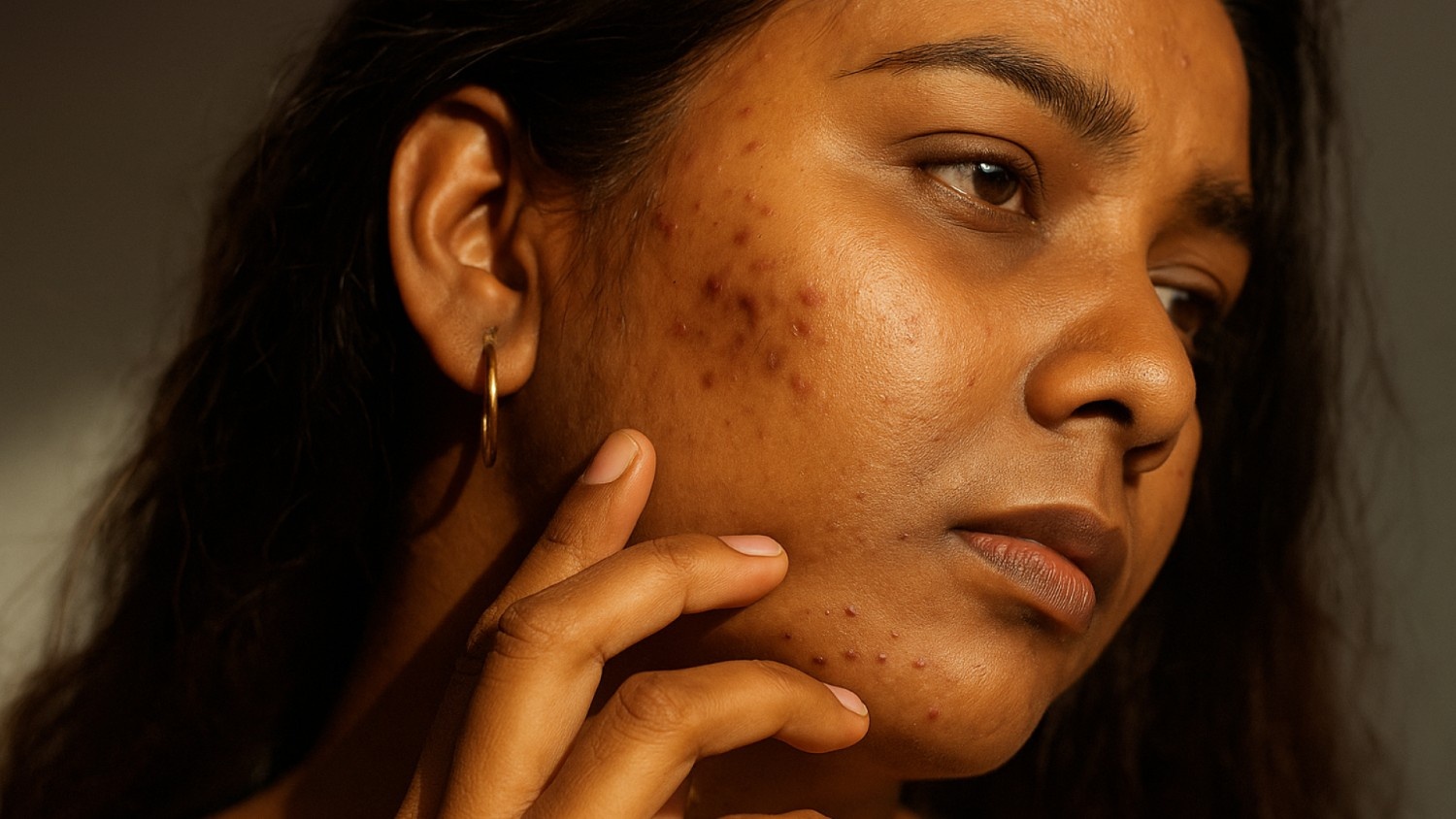Moles are common skin growths that most people have throughout their lives. While most moles are harmless, some can change over time and become a cause for concern.
Moles that change in appearance, size, or colour can be signs of skin cancer, particularly melanoma. As a result, it’s important to have any suspicious moles professionally evaluated and, when necessary, removed by a dermatologist.
It is a safe way to eliminate unwanted moles while ensuring proper pathology evaluation to rule out any malignant conditions. Whether you have a mole that’s causing discomfort or one that you simply want removed for cosmetic reasons, understanding the procedure, aftercare, and potential risks is essential for a smooth experience.
In this blog, we will walk you through everything you need to know about dermatologist mole removal, from preparation to recovery. Let’s get started.
Overview
- Mole removal by a dermatologist is a safe procedure that can involve surgical excision, shave excision, or less common methods like laser or cryotherapy.
- The procedure involves careful inspection, anaesthesia, and a clear plan for post-removal care to prevent complications and ensure healing.
- Aftercare includes keeping the site clean, moist, and bandaged, with follow-up visits for proper healing assessment.
- Risks of mole removal include scarring and infection, but professional removal reduces these risks significantly.
- It’s crucial to monitor moles post-removal for any recurrence or atypical changes, using the ABCDEs of mole evaluation.
How to Prepare for a Dermatologist Mole Removal
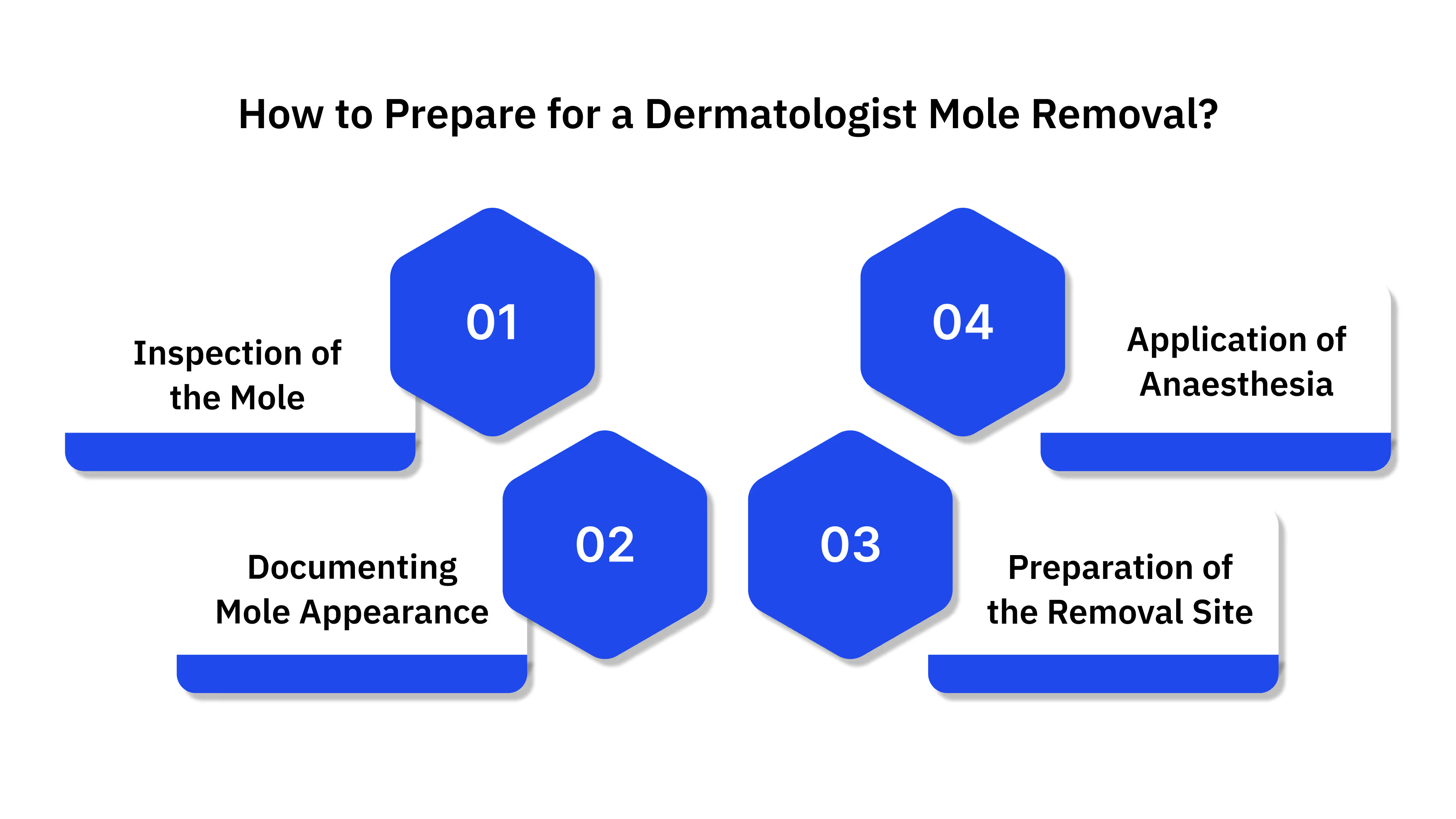
The first step in mole removal is to have your mole professionally evaluated by a dermatologist. The examination is key in ensuring the mole is not a sign of skin cancer and that removal is the best option for you.
1. Inspection of the Mole
A proper inspection of the mole will guide the method of removal and ensure the most effective approach for the best outcome.
This may involve using a dermoscope, a specialised tool that provides a magnified view of the skin. The dermoscope allows the dermatologist to assess the mole in detail, identifying any irregularities in texture, colour, and shape.
This step helps the dermatologist determine whether the mole is benign or requires further investigation, such as a biopsy, after removal.
2. Documenting Mole Appearance
To track any changes in the mole’s appearance, dermatologists typically take photographs of the mole before removal. These images serve as a reference in case the mole needs to be further analysed or if any recurrence occurs.
Documenting the mole’s appearance is also valuable for future check-ups, ensuring that any changes in the skin can be addressed promptly.
3. Preparation of the Removal Site
Once it is determined that mole removal is necessary, the dermatologist will mark the mole and the surrounding area on your skin. This ensures the correct mole is removed and that the procedure is performed accurately. The area will then be cleaned thoroughly to minimise the risk of infection.
4. Application of Anaesthesia
Mole removal is performed under local anaesthesia. A topical numbing cream or a local anaesthetic is used to ensure that you feel no pain during the procedure. You may feel slight pressure or tugging, but the area will be numb, and the procedure will be virtually painless.
Now that you are prepared for the procedure, let's look at the various methods that dermatologists use to safely remove moles.
Methods of Mole Removal by a Dermatologist
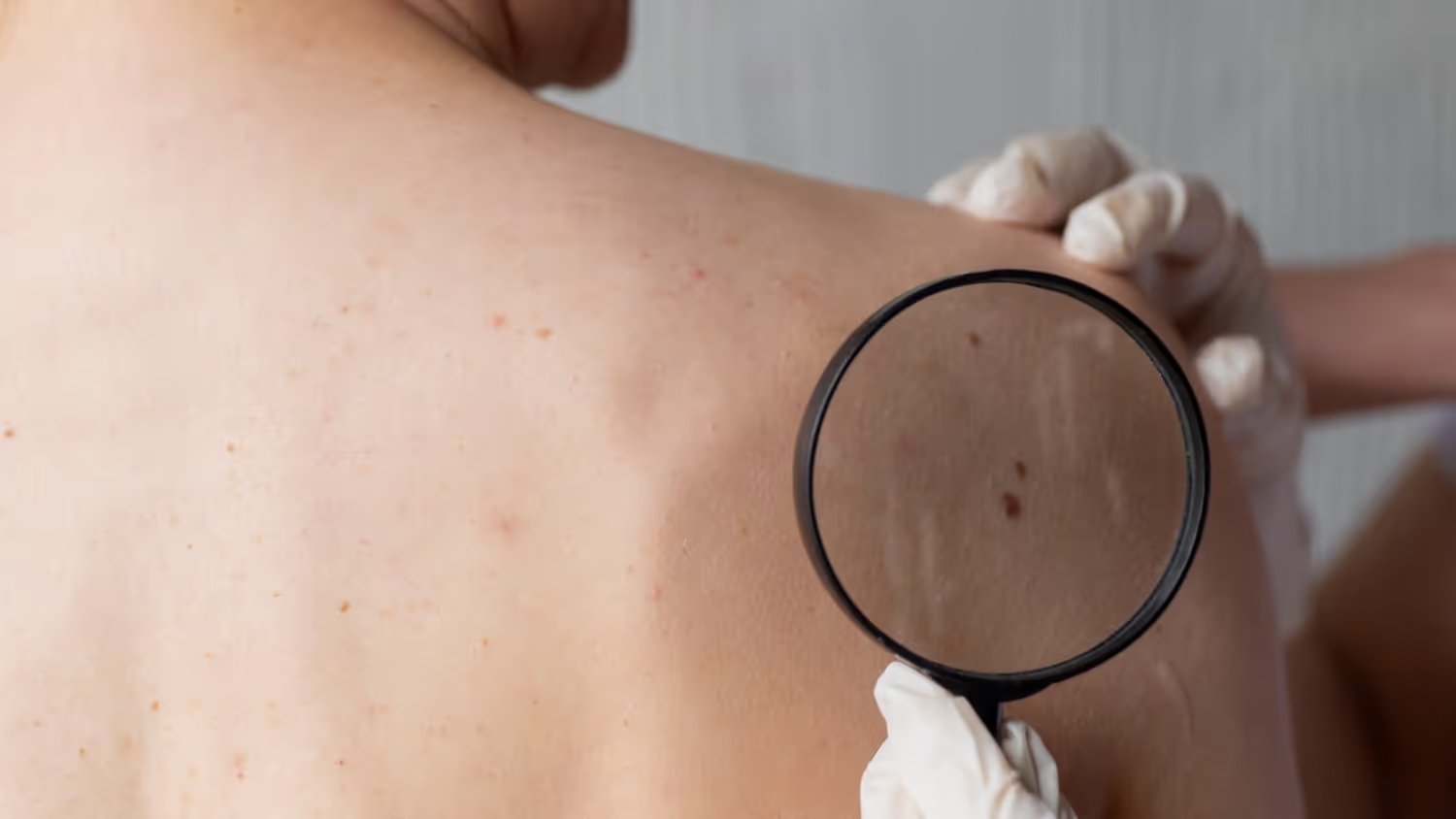
Once the area is properly prepared and anaesthetised, your dermatologist will decide on the most appropriate removal technique. There are several methods of mole removal, each tailored to the type and location of the mole, as well as the desired outcome.
1. Surgical Excision
Surgical excision involves cutting out the mole along with a small margin of healthy skin around it using a scalpel. After the mole is removed, the area is stitched closed, and the stitches are usually dissolvable, meaning they don’t need to be removed.
This method ensures that the mole is entirely removed and allows for accurate pathology testing.
2. Shave Excision
Shave excision is a less invasive method where the mole is shaved down to the level of the surrounding skin. This method is used for smaller moles and those that are raised above the skin’s surface. After the mole is shaved off, cauterization may be used to stop any bleeding and reduce the risk of scarring.
While this technique is effective for superficial moles, it may not be suitable for deeper or more complex moles that require complete removal.
3. Other Methods
Less common methods of mole removal include laser therapy and cryotherapy (freezing the mole with liquid nitrogen). These treatments are typically used for smaller, benign moles. However, they are not generally recommended if there is any concern about the mole’s potential to be cancerous, as they don’t provide tissue for pathology evaluation. It’s essential that any mole that could be malignant is completely excised to allow for proper analysis.
Also Read: Dermatologist Tips for Removing Skin Tags
We have covered the removal methods; let’s now move on to the crucial phase of recovery and aftercare following the procedure.
Post-Removal Care and Recovery
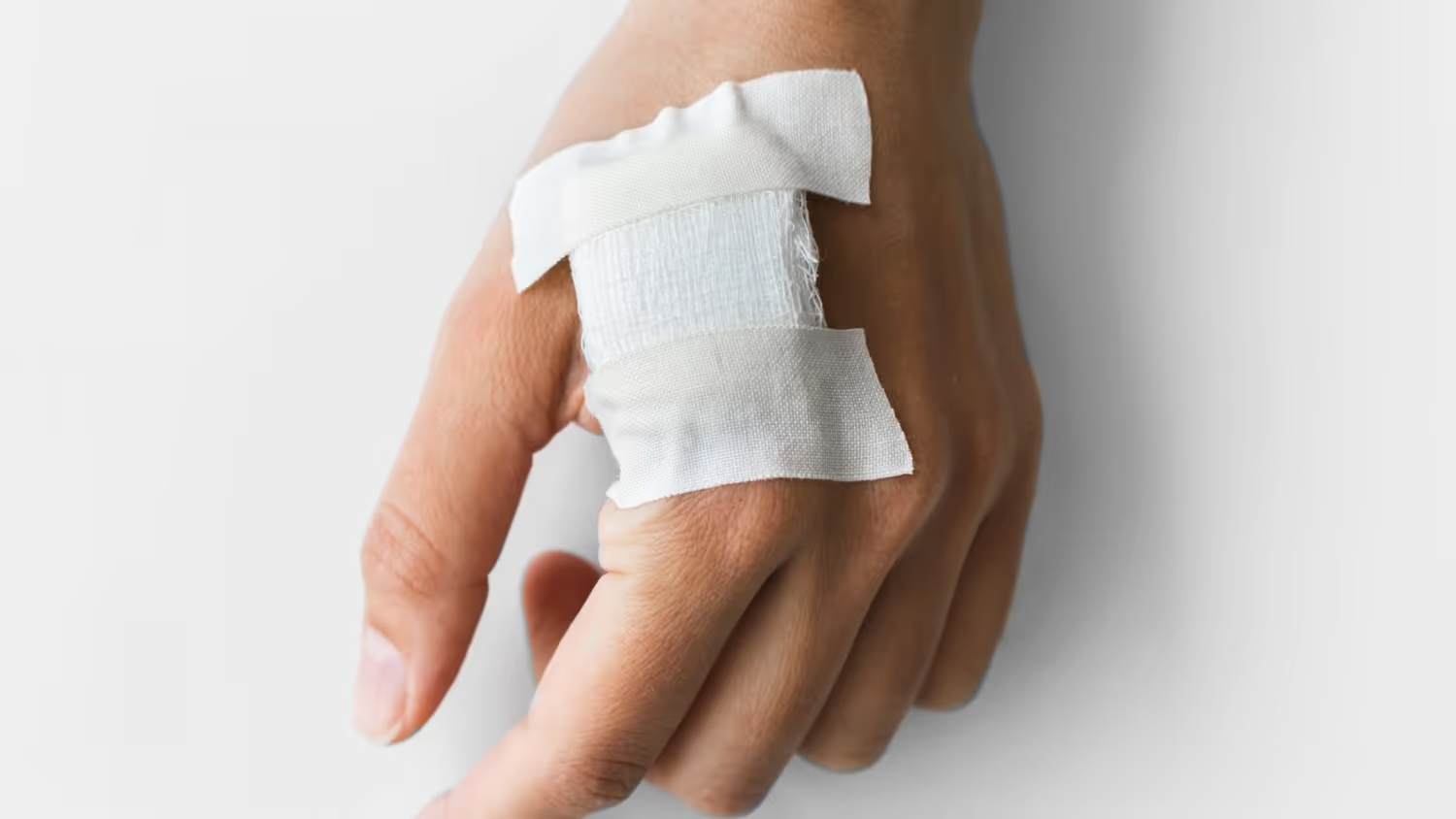
After the mole is removed, proper aftercare is essential for ensuring the wound heals well and that there are no complications.
Application of Ointment and Dressing the Area
Immediately after the procedure, an antibiotic ointment may be applied to the removal site to prevent infection. The area will then be covered with a sterile dressing or bandage to keep the wound clean and protected.
Instructions to Keep the Removal Site Clean
One of the key aspects of aftercare is to keep the removal site clean. Moist wound healing has been shown to reduce scarring and promote faster recovery. Regular dressing changes, typically every 1–2 days, are recommended to ensure the wound stays protected and free from bacteria.
Follow-Up Visits for Assessment of Healing
It’s important to follow up with your dermatologist as instructed to ensure proper healing. During these visits, your dermatologist will assess the wound, check for any signs of infection or abnormal scarring, and evaluate whether additional treatment is necessary.
As you continue your recovery, it is also important to be aware of the potential risks and considerations associated with mole removal, which we will explore next.
Risks and Considerations in Mole Removal
Although mole removal is generally safe, it is not without the potential risks involved. The risks vary depending on the method of removal, the mole’s size and location, and the patient’s skin type.
Potential for Scarring
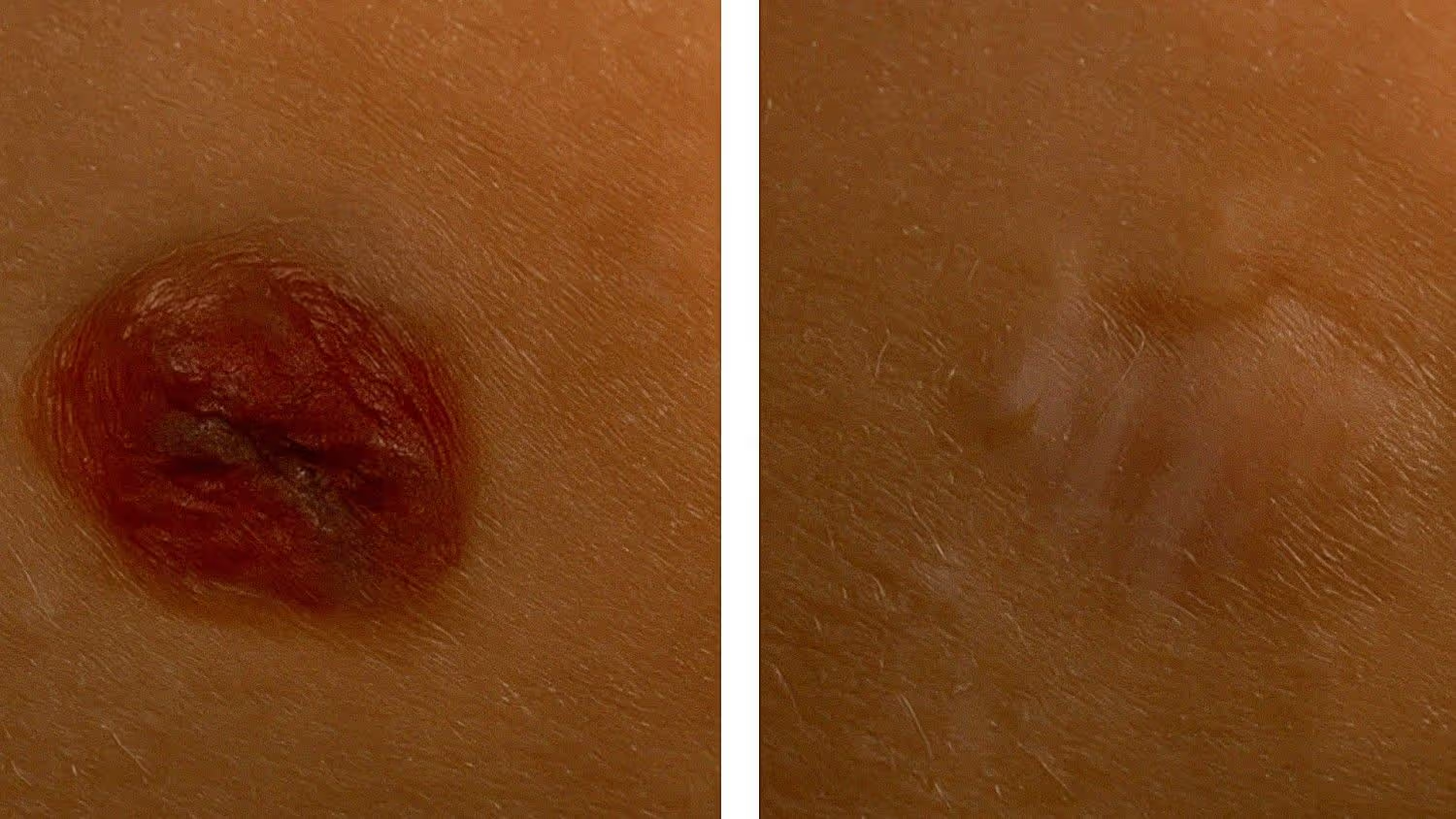
One of the most common concerns following mole removal is scarring. Surgical excision tends to leave a scar, especially if the mole was large. Shave excision usually results in less scarring but may leave a slight mark. However, the severity of scarring depends on individual skin types, and proper aftercare can minimise this risk.
Discuss your concerns with your dermatologist to choose the best removal method for your needs.
Importance of Professional Removal
It’s essential that mole removal is performed by a professional dermatologist, especially if there is any concern about the mole being malignant. Professional removal allows for proper pathology testing to evaluate the mole’s cells and determine whether it is benign or cancerous. Non-professional removal can lead to incomplete excision, misdiagnosis, and delays in treatment if the mole is cancerous.
Risks Associated with Non-Professional Removal
Attempting to remove a mole at home or by non-professional means can lead to complications such as infection, incomplete removal, and inaccurate diagnosis. Always seek the care of a dermatologist to ensure a safe, effective procedure.
Concerned about the risks or aftercare of your mole removal procedure? Reach out to Velantis Dermatology today to ensure a safe, successful recovery.
Having explored the risks, it is important to monitor the area after removal to ensure proper healing and recognise any signs of recurrence, which we will cover in the next section.
Monitoring and Recognising Recurrence
After mole removal, it’s crucial to monitor the area for any signs of regrowth or recurrence. Moles that were not completely removed can sometimes regrow over time.
Awareness of Mole Regrowth
If you notice any regrowth of the mole or new pigmentation at the removal site, it’s important to consult your dermatologist immediately. Regrowth could indicate that the mole was not completely excised, and further treatment may be needed.
Early detection is essential for preventing any potential health issues, especially if the mole was removed due to cancer concerns.
Understanding the Signs of Atypical Changes
To monitor your skin for any new or recurring moles, keep the ABCDEs of mole evaluation in mind:
- A for Asymmetry
- B for Border irregularity
- C for Colour variation
- D for Diameter greater than 6mm
- E for Evolution (changes over time)
If you notice any of these signs in new moles or in the area of a removed mole, seek medical advice promptly.
Conclusion
Choosing professional mole removal ensures a safe procedure and accurate diagnosis. Whether your mole is removed for cosmetic reasons or due to concerns about skin cancer, it’s essential to rely on the expertise of a qualified dermatologist.
Mole removal is a straightforward procedure, but it requires careful attention to detail during the process, aftercare, and monitoring for recurrence.
Book a consultation with Dr. Janani Sree C M at Velantis Dermatology today to discuss your mole removal options. We are here to provide you with expert care, ensuring your skin health is in safe hands.
FAQs
1. What happens during mole removal by a dermatologist?
During mole removal, a dermatologist will inspect the mole, apply local aneasthesia, and remove the mole using surgical excision or shave excision methods. The area is then dressed and monitored for healing.
2. Is mole removal painful?
Mole removal is typically painless due to local aneasthesia. You may feel pressure or some mild discomfort, but the procedure itself should not cause pain.
3. Can I remove a mole at home?
It is highly advised not to remove moles at home. Self-removal can lead to infection, incomplete excision, and misdiagnosis of potential health risks. Always consult a dermatologist for professional treatment.
4. How long does it take to recover from mole removal?
Recovery from mole removal typically takes 1–2 weeks, depending on the size and depth of the mole. Your dermatologist will provide aftercare instructions to ensure proper healing.
5. Can moles come back after removal?
In some cases, moles can regrow if they were not fully excised. It’s important to monitor the site and follow up with your dermatologist if you notice any changes or regrowth.
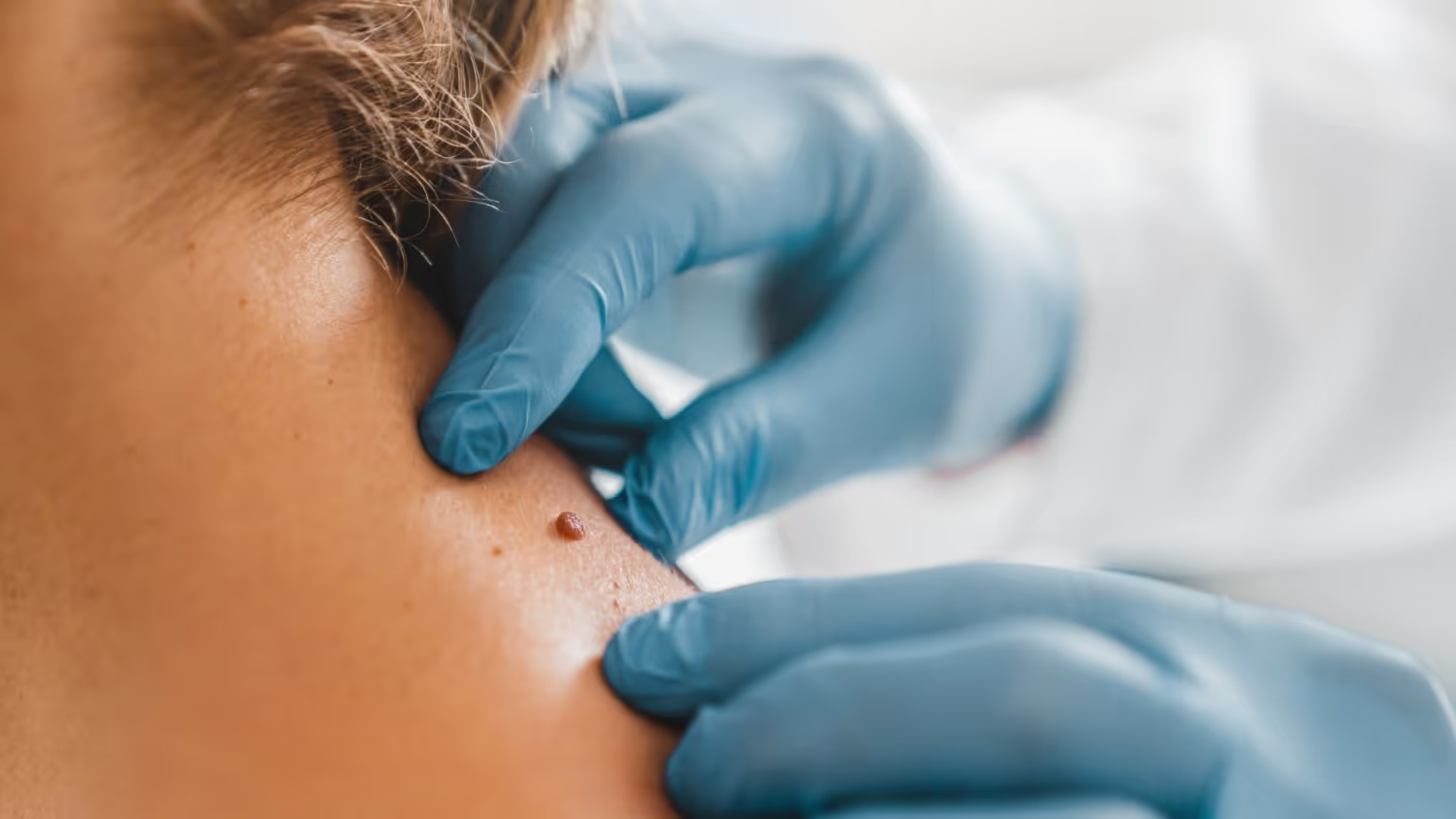

.png)
